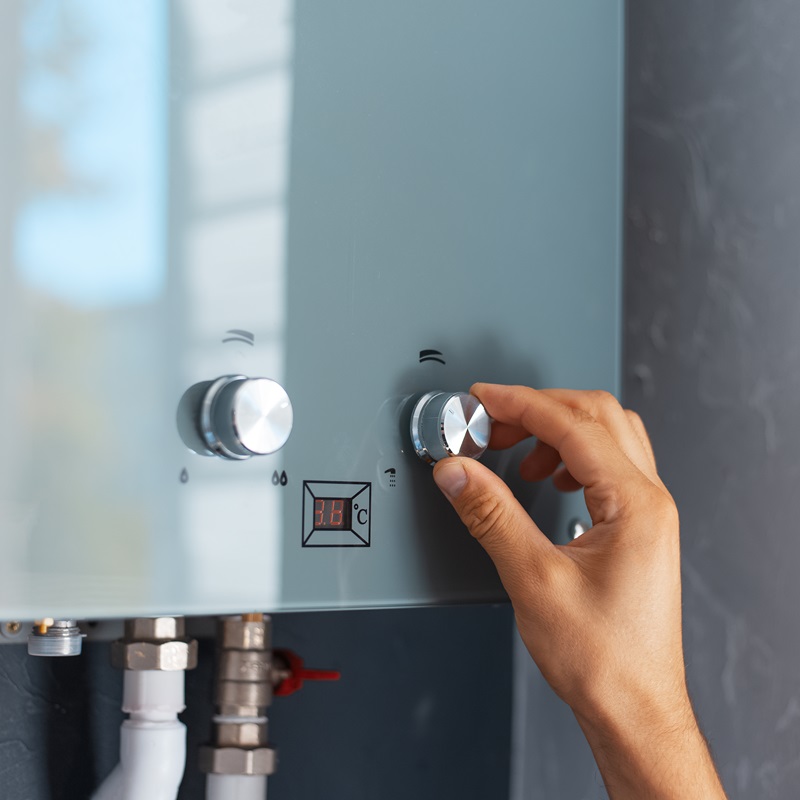Selecting the right geyser sizes depends on your daily water usage.
Selecting the right geyser sizes depends on your daily water usage.
Blog Article
How to Select the Right Geyser to Optimize Energy Effectiveness in your house
Choosing an energy-efficient geyser is not as straightforward as it appears, requiring careful assessment of different aspects. From comprehending the various sorts of hot springs, to assessing their power efficiency rankings and taking into consideration placement approach, each decision plays an essential role in taking full advantage of performance. Stabilizing the preliminary financial investment with long-lasting cost savings is likewise important. Allow's start this journey to uncover exactly how to make one of the most enlightened option for a geyser that will minimize your power bills while ensuring optimum performance.

Comprehending the Various Types of Geyser
While there are numerous sorts of geysers offered on the market, comprehending the distinctions between them is vital for energy performance (geyser sizes). The first kind, storage space geysers, are one of the most usual and store warm water in a container for use when needed. They are readily available in different capabilities and are usually energy-efficient, but they can shed warmth when not being used
The 2nd type is the tankless geyser, which heats up water as needed, bring about much less energy waste however needing a greater initial power draw. There are warm pump hot springs that make use of electricity to move heat from one area to one more rather of creating heat directly. They can be 2 to 3 times a lot more power reliable than conventional storage geysers. Solar geysers use solar power to warm the water, making them the most energy-efficient but also the most costly.
Evaluating Your Household's Hot Water Demands
Before diving right into the acquisition of a geyser, it is crucial to analyze the hot water needs of your house. This analysis ought to consider countless aspects consisting of the variety of home participants, frequency of warm water use, and the number of warm water outlets in the home (geyser sizes). A little family with seldom hot water use may need a smaller sized, less effective geyser contrasted to a bigger family with several daily warm water needs
The kind of appliances that call for warm water additionally play a considerable role. Dishwashers and cleaning equipments, for example, may need more warm water than a basic shower or kitchen area helpful hints sink. Certain activities such as bathing or cleansing additionally influence the regularity and quantity of hot water needed.
Reviewing Energy Effectiveness Rankings of Geyser
Having assessed the warm water requirements of your household, it is essential to transform your attention to the energy effectiveness rankings of geysers. These scores, generally given as Energy Aspect (EF), show a hot spring's overall energy effectiveness based on the quantity of warm water generated each of fuel taken in over a normal day. The greater the EF, the extra efficient the water heater.

Factors To Consider in Geyser Dimension and Positioning
Beyond power effectiveness ratings, the size and placement of your geyser are important aspects to take into consideration. The dimension of the geyser need to straighten with your house's warm water requirements. A little geyser may use less power yet might not offer enough hot water for numerous usages at the same time, whereas a larger device can fulfill higher demand yet might take in more power.
Geysers should be mounted close to points of use to minimize warm loss during water transportation. Additionally, taking into consideration thermal insulation, a geyser situated in look at this web-site a warmer area sheds less warmth and for that reason uses less energy to preserve the water temperature level.
Expense Evaluation: Balancing First Investment and Long-Term Financial Savings
While size and placement unquestionably play substantial functions in a hot spring's energy effectiveness, one have to not neglect the economic aspect. When considering the first investment, the cost of energy-efficient hot springs can be more than common models. The enhanced in advance expense can be balanced out by lasting energy savings, making it a worthwhile investment in the long run (geyser sizes).
Assessing lasting cost savings calls for an understanding of the geyser's energy score. A device with a higher ranking will certainly consume much less energy, equating to reduced energy bills in time. Additionally, federal government incentives and rebates for energy-efficient appliances can also help redeem initial expenses.
Lastly, maintenance and lifespan should be factored in. Energy-efficient geysers typically have longer life expectancies and lower maintenance costs, adding to total financial savings. For that reason, when balancing initial investment and lasting financial savings, one need to take into consideration not just the purchase price however likewise energy intake, federal government rewards, and maintenance costs.

Conclusion
Choosing an energy-efficient geyser requires careful consideration of numerous factors. These include my blog understanding the types of geysers, evaluating your home's hot water needs, reviewing energy effectiveness scores, and calculating cost advantages. The appropriate geyser dimension, positioning, and insulation can substantially minimize power expenses and environmental impact. Making an educated option can lead to substantial lasting savings, making it a rewarding investment for your home.
Report this page